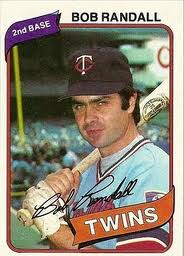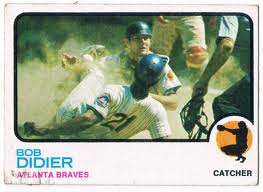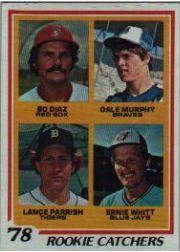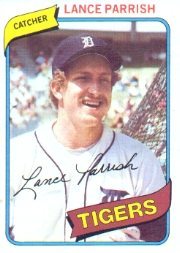 |
| This same expression greeted collectors at a KC hotel |
“How do you not look like a stalker?”
Scour the blog comments here. One person brings up a good point. In-person collecting isn’t the same as through the mail.
I haven’t tried the “graphing” in person game for more than 20 years.
Why? Because I remember Bobby Randall.
I had gotten him at the Kansas City hotel where the Twins stayed in the late 1970s. I remember him pointing, snorting and shaking his head at us collectors in the lobby. He muttered something to a couple of teammates.
Fast forward to Iowa State University. The retired second sacker was the college’s baseball coach. I interviewed him for the ISU paper.
After I was done talking about his career, I confessed that I had coaxed him to sign in my youth.
“Did you like collecting autographs?” he asked with a grave expression.
I replied with enthusiasm. That’s when I asked the hardest question.
“Didn’t you like signing?”
Randall, a professed Christian, sighed and scowled. “It was always, ‘HERE. HERE. Sign this! And THIS and THIS!’ You could never look up.”
The ex-Twin’s face at Iowa State matched his frustrated glare in that KC hotel lobby.
Randall remains a great by-mail signer. Back then, he volunteered to go give a talk to summer day-camp kids when my counselor wife asked. He talked with every single camper, signing for each after individual chats.
Know that there’s going to be a Bobby Randall or two in every team you seek out for signatures. Before you get too zoned on getting as many autographs as possible, remember how the signer feels. Ask the hard questions:
How does it feel to sign autographs for a group of fans? How can collectors collect better?
The answer might help refine your collecting game plan, as it shapes our hobby’s future.



